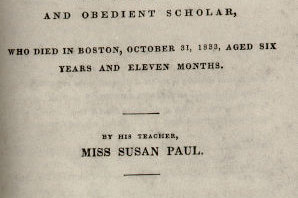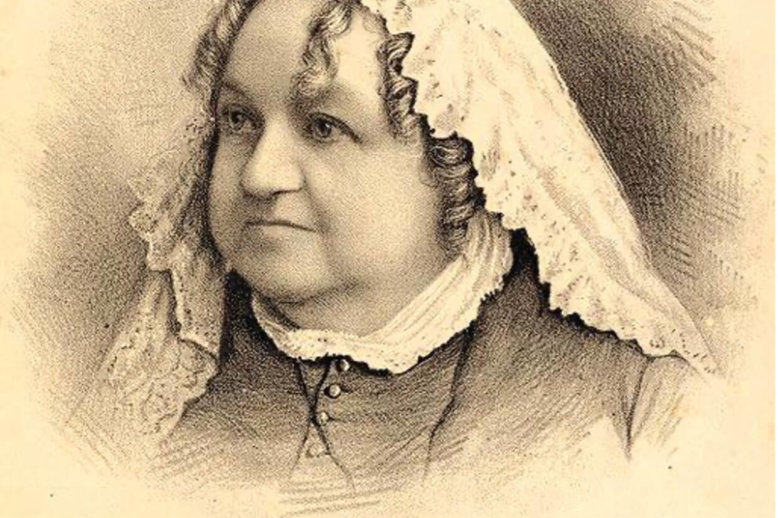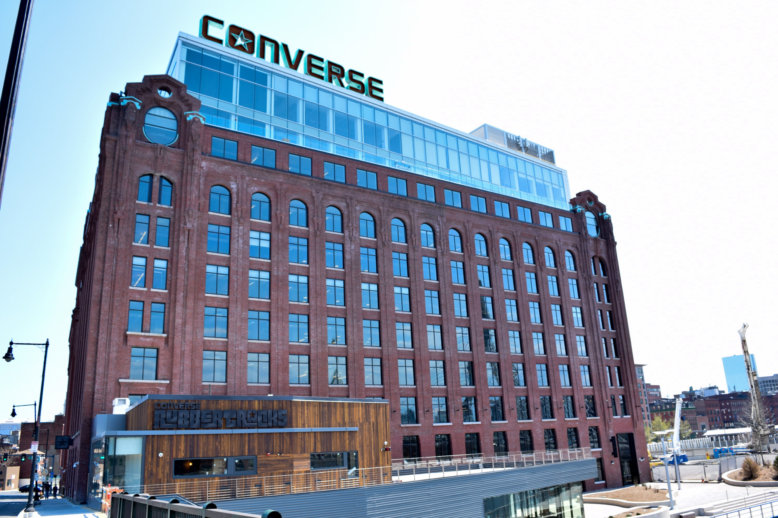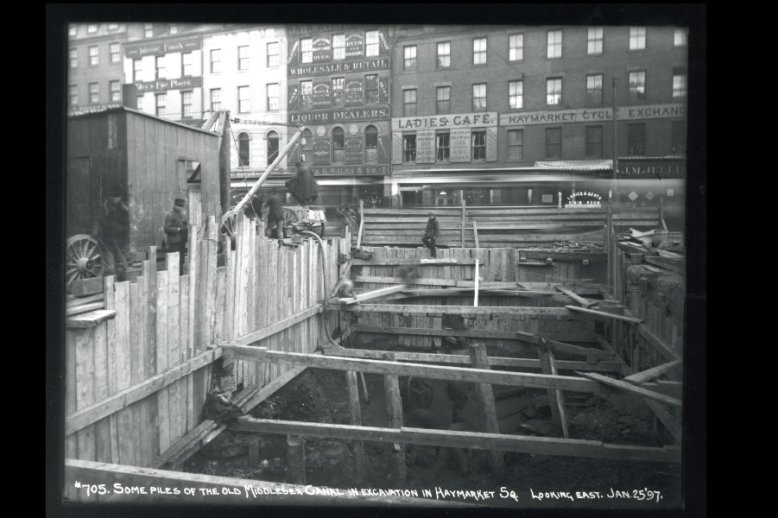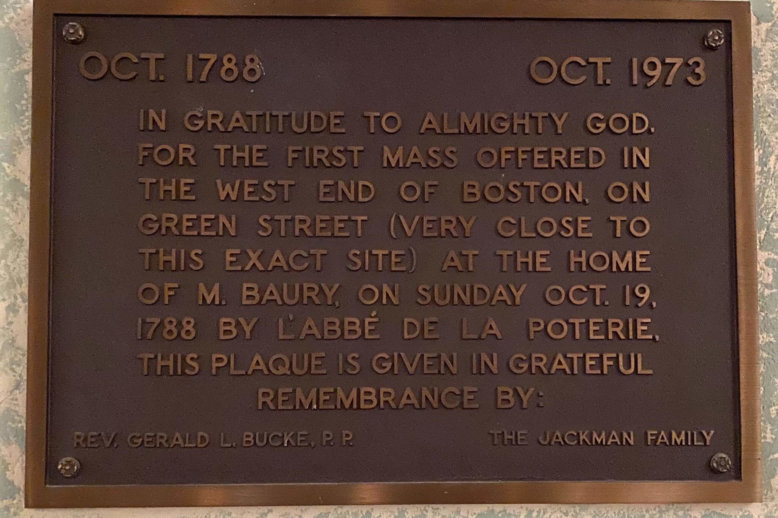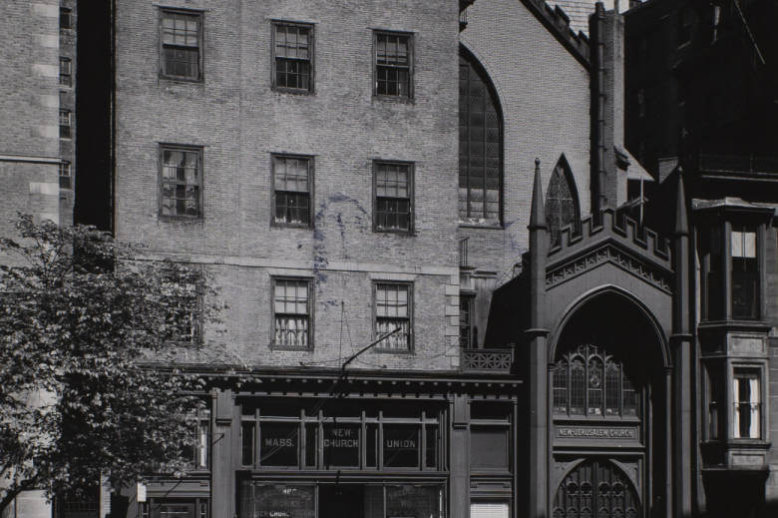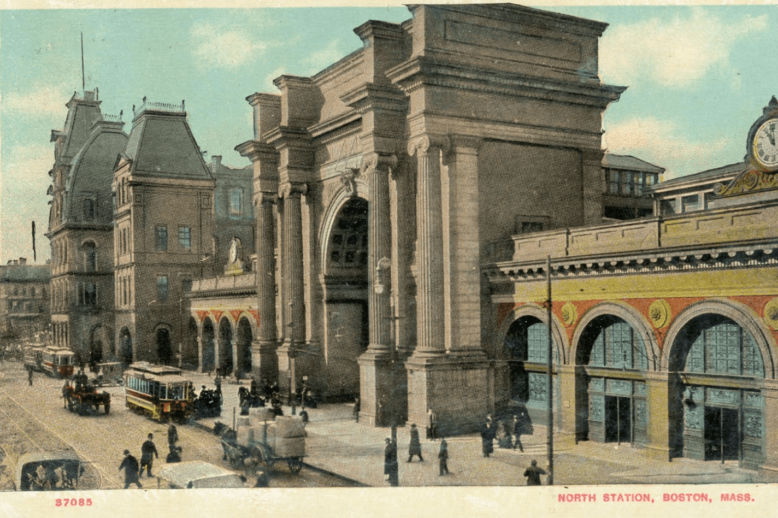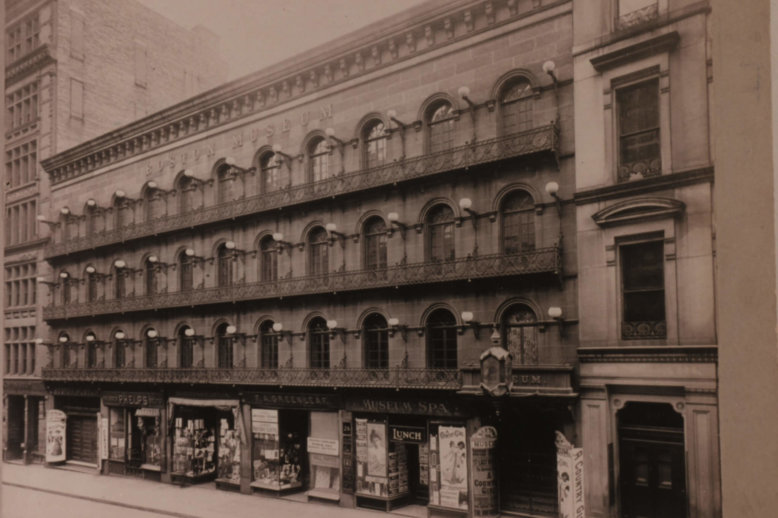Era: West Boston(~1780-1880)
Black Community on Beacon Hill, Brahmins on the flat
Susan Paul (1809 -1841) worked as an abolitionist, educator, and author from the north slope of Beacon Hill in the West End. She fought against slavery in every aspect of her professional life through her education of African American students, the inspirational music performed by her choir, and her landmark work, The Memoir of James Jackson, the earliest known prose narrative and biography by an African American woman in the United States.
In the mid-19th century, Mary Ann Vincent, a popular English actress, arrived in the West End to expand her career. Her reputation for kindness and charity inspired those around her and blossomed into multiple institutions founded in her name, which to this day work to support women with access to advanced healthcare.
In 2015 Converse Inc. moved its world headquarters to Lovejoy Wharf in the West End. Its 214,000 square foot facility was a major part of an effort to rejuvenate the former industrial area bordering the Charles River and the North End. This was, however, not the first time a business founded by members of the Converse family chose the West End as an advantageous place to set up business.
Two hundred years before construction began on the Ted Williams tunnel, businessmen in post-revolution Boston sought to improve upon dirt and gravel paths used to bring inland goods to the growing port city. The result not only helped New England become an economic driver in the early 19th century, but acted as a blueprint for future engineering endeavors in the young United States of America.
After centuries of exclusion by Boston’s ruling Puritan leaders, Roman Catholics were finally allowed to officially practice their faith in Massachusetts in 1780. Led by French Catholics, the movement to establish a Catholic community in Boston is reported to have started with a private mass in the West End. This was the first step in establishing what would become one of the most recognized Catholic archdiocese in America.
On Christmas Eve 1896, the Society of the New Jerusalem church on Bowdoin St. in the West End held a Christmas festival for children, which featured an elephant bearing candy. Christmas festivals at West End churches, including the Twelfth Baptist Church on Phillips Street, were typical of the nineteenth century.
For tens of thousands of daily commuters, North Station is a final destination to work and a starting point for home. For many others, it is a stop along the way to somewhere else. But few of today’s commuters know that over the past two centuries, there have actually been several train stations in the West End– built in grand style – that predated the North Station we know today.
In an age of ongoing Puritan restrictions on theatrical shows, Moses Kimball founded the Boston Museum as a venue which bowed to the cultural aspirations and respectability of mid-19th Century Boston, but at the same time gave the people what they wanted; live performances. Before the renowned Howard Athenaeum (and later the Old Howard) had opened its doors across the square, the Boston Museum attracted large audiences to the Scollay Square area to witness music, drama, and even moral instruction on stage.


